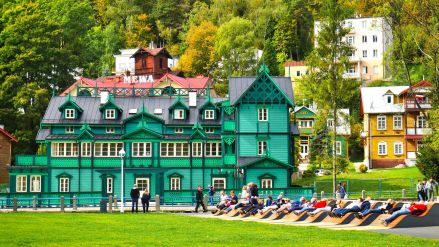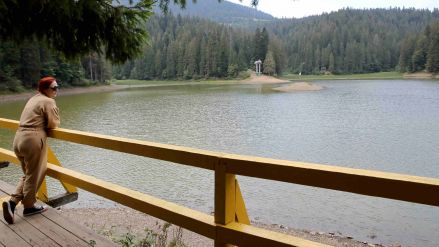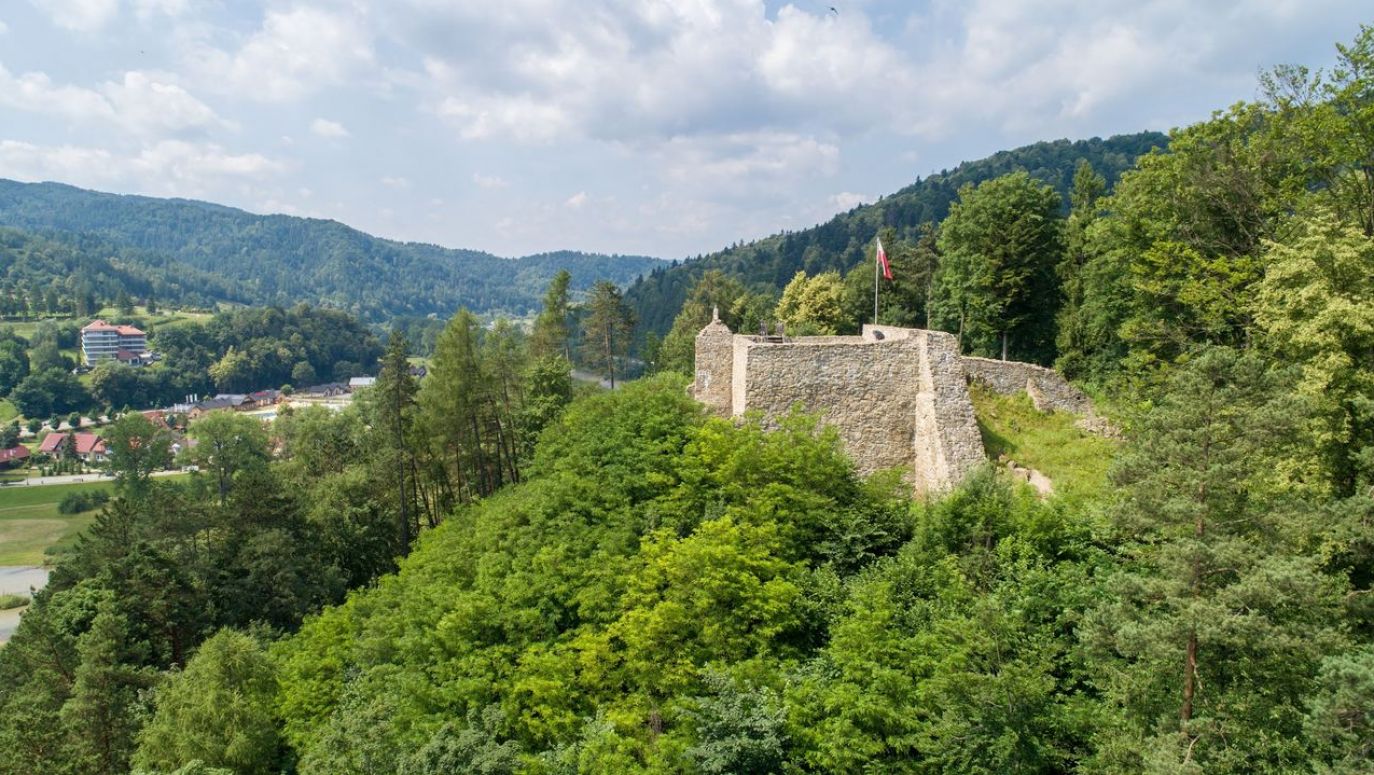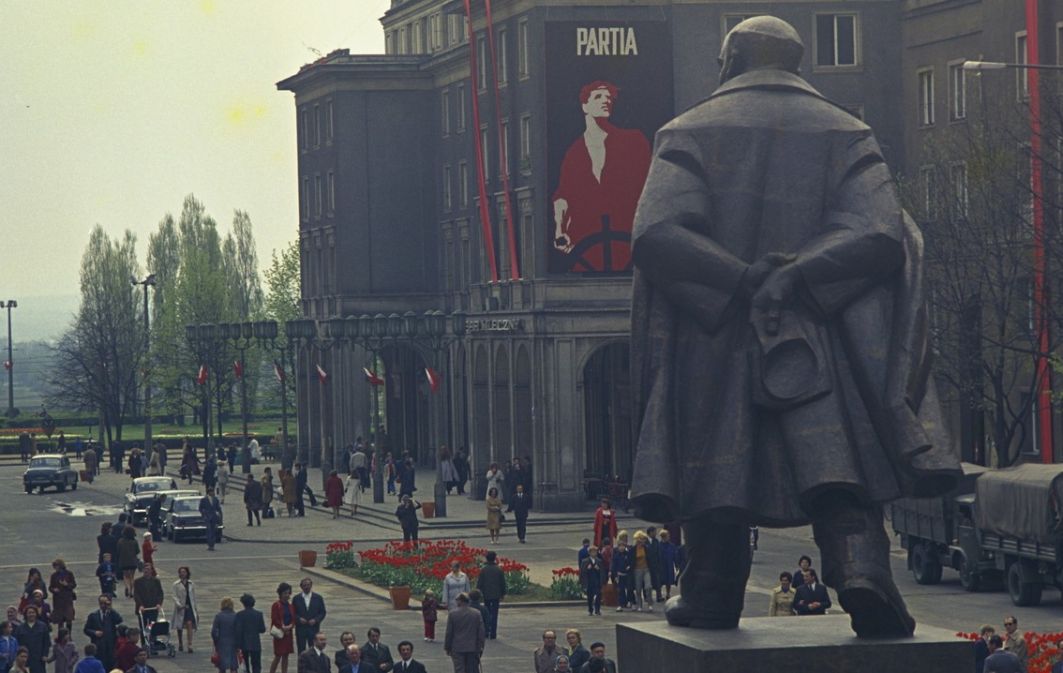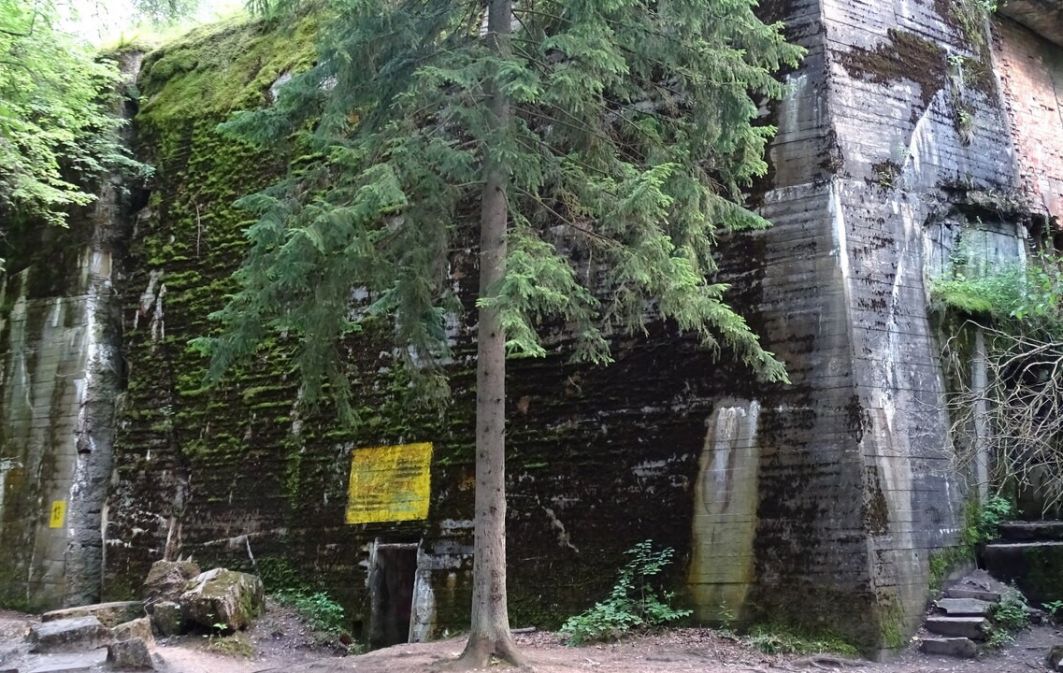To achieve an even better effect, it is worth considering strengthening such townships through public state investments in tourist and health resort infrastructure for example. In one place it could be a ski resort, in the other a thermal resort, elsewhere it could be improved road infrastructure. Some places are difficult to reach, such as Horyniec. As a result, the resort loses potential customers and doesn’t make full use of everything it has.
Without the state’s financial support, it will be more difficult to utilize and fully show the potential of Polish spas. And this is one of our main and unique national products, which we can be proud of on the international arena.
When I listen to you and think about your history of health resort management, I have the impression that it’s your passion. Did you want to be a professional, local government official from the beginning?
It was pure coincidence. After studying law, I started working at the Employee Vacation Fund (FWP) in Krynica Zdrój. These were the last years of the communist era in Poland. First, I dealt with human resources and social matters, and then with organizational matters and supervising real estate, namely holiday homes and sanatoriums. So I was already dealing with preventive and health resort treatment. I had other duties as well. I was even a legal advisor for a while. But I was also involved in academic work, implementing an interesting project with representatives of the Academy of Physical Education, regarding organizational and legal changes in the functioning of the FWP. We proposed innovative changes – transforming the Fund into a company, which was still unthinkable in communist Poland. It has not been implemented, but I wasn’t discouraged. As I said, I was open to new challenges.
In 1988, the then director of Krynica suggested that I should become his deputy. First, I refused, because at that time bureaucratic work was not for me. I found it boring, politically hamstrung and unproductive. But after a while, I succumbed to his persuasions and agreed to become the deputy director. When I started to carry out my new duties, I realized how complicated this job was – it turned out that my seemingly high qualifications were not enough.
Soon after, the director went on sick leave and never returned to his post. It turned out that he counted on me replacing him in the future. And that’s how it happened. As I mentioned, I was a very young man then and I started to manage the city just before the political breakthrough in Poland. As the steward of an important health resort, I was involved in the work of the Solidarity Citizens’ Committee at the national level and I participated in the work of the team for the reform of the local government system. Thanks to this, I made sure that the provisions of the new law included solutions concerning health resort townships. The Polish reality was changing before our eyes, although, as it turned out later, not exactly as we had prepared the local government reform: despite its adoption by the free Senate, it did not pass as adopted by the contract Sejm (lower house of the Parliament of Poland).
What was the biggest challenge back then?
The health resorts started to work together. The first meeting took place in 1990, a year later the Association of Polish Health Resort Communities was established, associating 32 local governments in the country. In 1991, the “Polish Health Resort” Chamber of Commerce was established, it had one hundred founders. Seven years later, the Union of Polish Health Resorts was established in Nałęczów.
Above all, we worked on the reorganization of administrative units in tourism and health care. There were suggestions that the sanatoriums should be taken over by the local government. I was a strong advocate of this idea, because it guaranteed that we’d have an impact on the functioning of health resorts. I believed that it’d be better for us to have a direct impact on their functioning, and not for the solutions to be imposed from above. The more so since it was a time of decentralization of power and the introduction of local self-government. Unfortunately, the commercialization of state-owned enterprises was carried out, as a result of which commercial companies were established, the founding body being the Ministry of the Treasury. Over time, joint-stock companies and limited liability companies were established, which to this day struggle with various financial problems. The self-governments of spa townships were also affected by various restrictions and at some point their situation became dire. Therefore, it was necessary to think about saving health resorts and about their development. We’ve already accomplished many things.
There were a lot of tasks, but that’s how I was hooked to where it actually became my passion. And that’s how it is to this day.
– In conversation with Monika Chrobak, Polish Radio journalist
TVP WEEKLY. Editorial team and journalists
– Translated by Nicholas Siekierski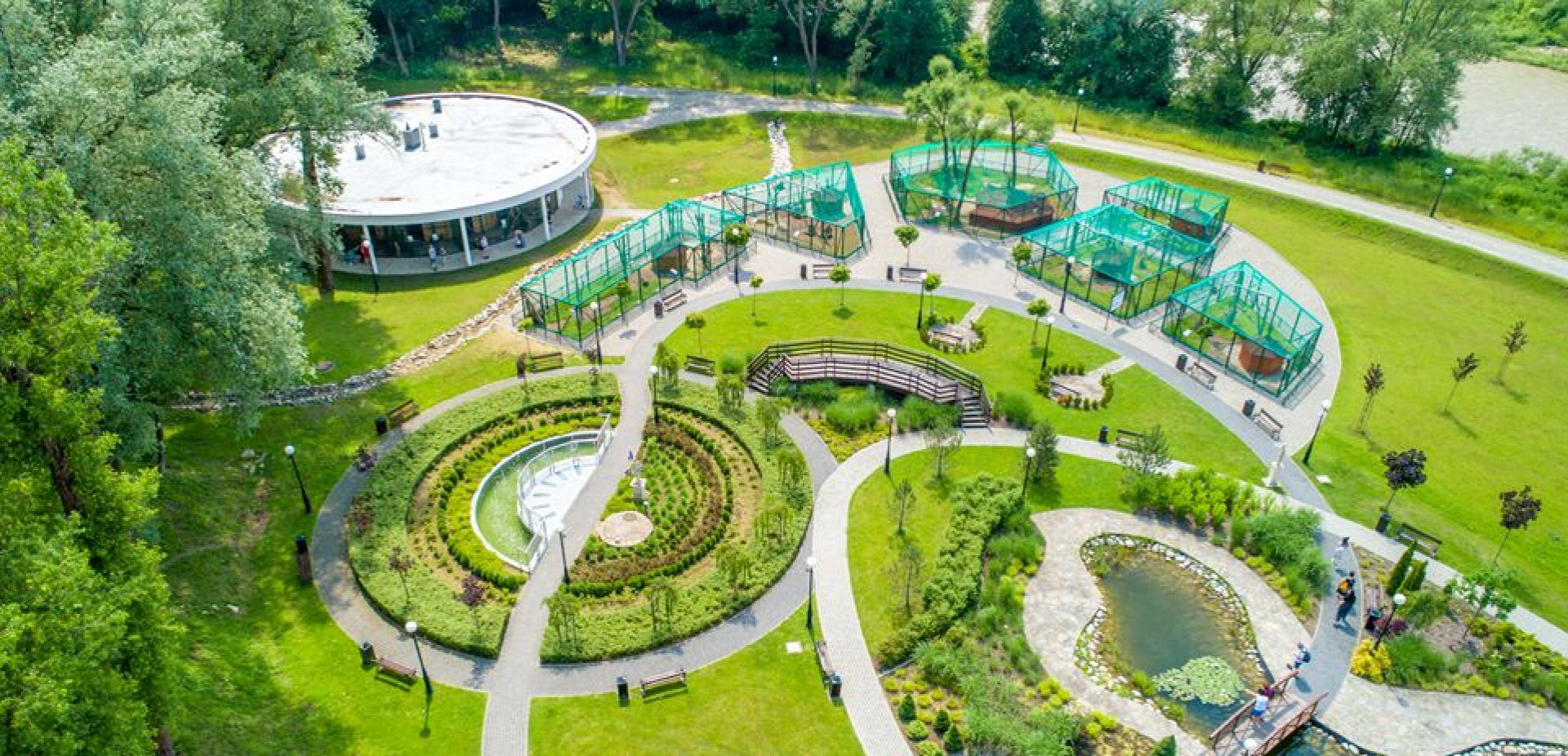
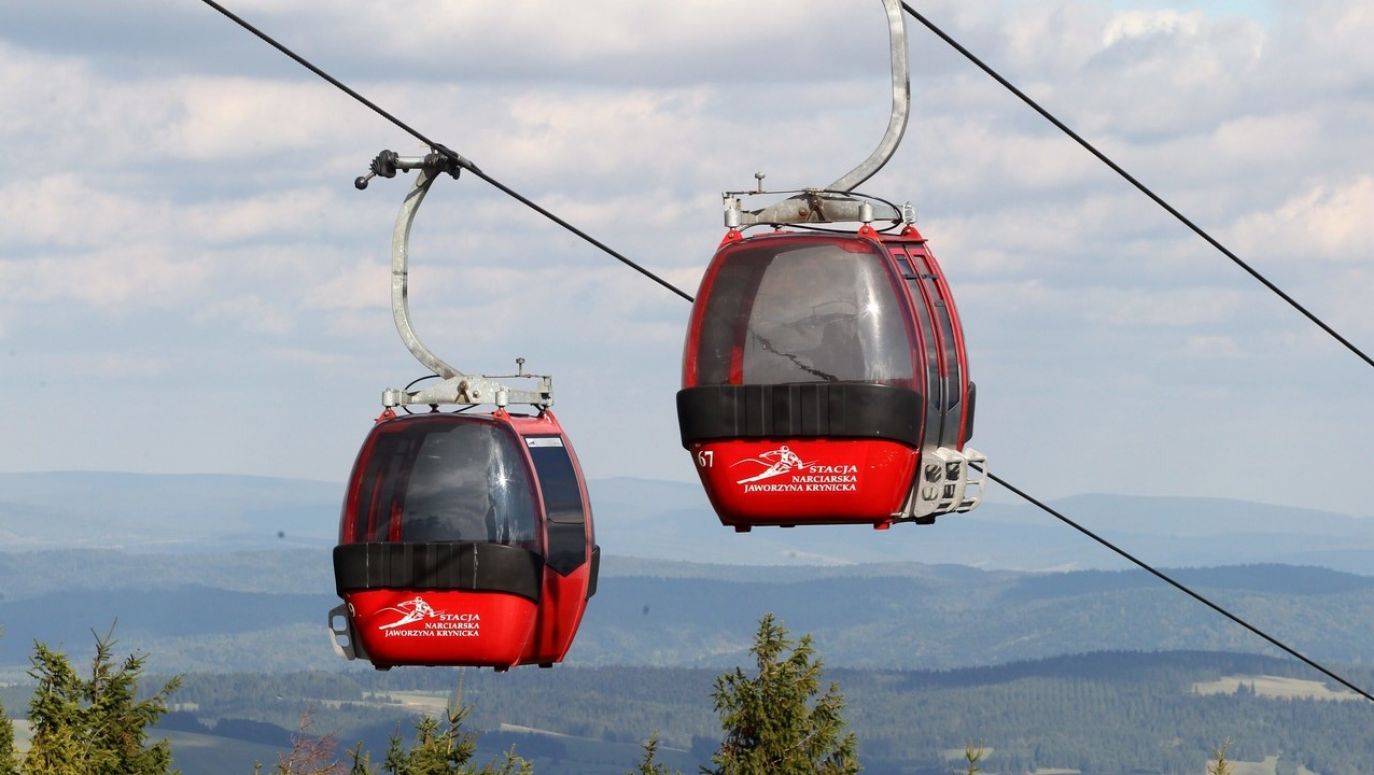
 SIGN UP TO OUR PAGE
SIGN UP TO OUR PAGE 
